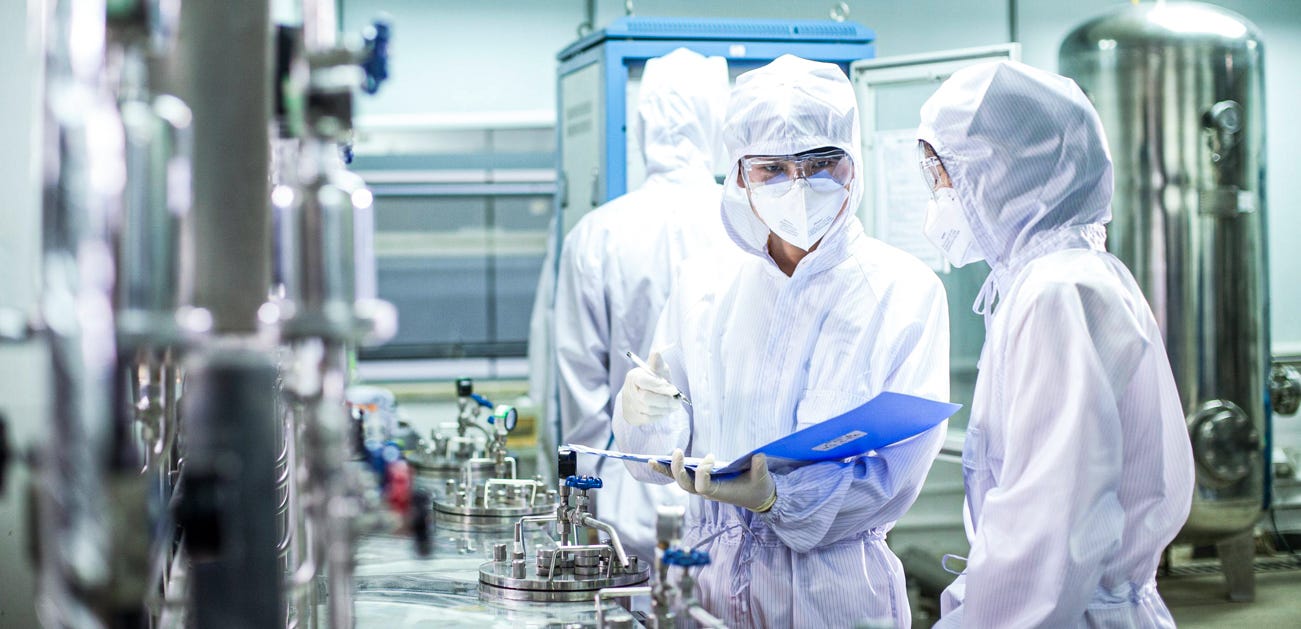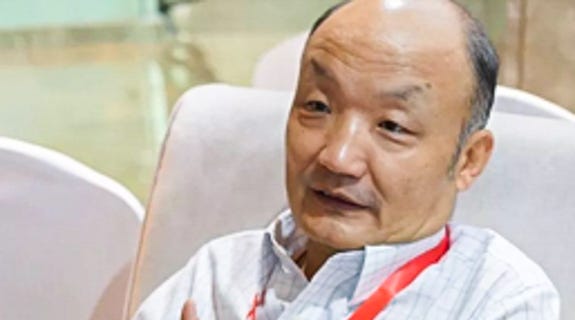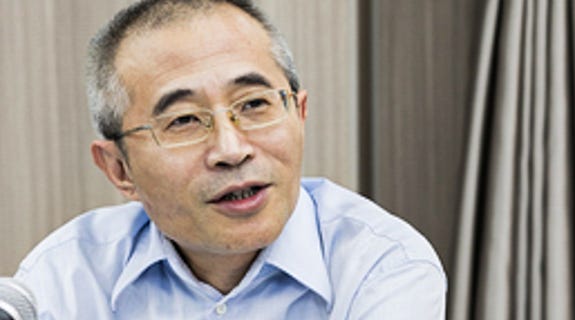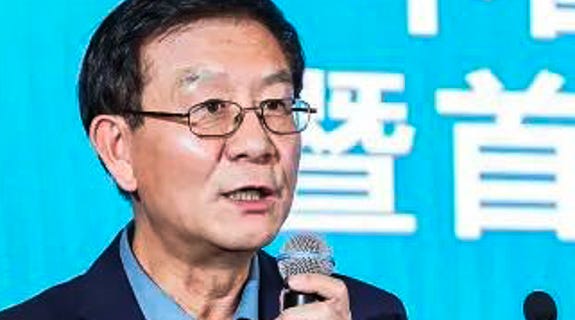
global biopharma faces local innovation, price wars and collective procurement, but given aging, rising middle-class demand and tech leadership, long-term growth prospects remain robust
Another ‘DeepSeek moment’ runs the global buzz around recent PRC biotech successes. In 2024, some 30 percent of major pharmaceutical deals, worth US$50 million or more upfront, were with PRC firms—leaping from less than five percent in 2020. Since 2022, they have added over 4,000 innovative new formulae to their production lines, 31 percent of the global total.
out-licensing
Given over a decade of national strategic planning, the unmistakable boom is anything but a surprise. But the scale of out-licensing is, indeed, astounding. Since 2020, a focus on developing ‘first-in-class’ has yielded a surge in treatments that were difficult to commercialise in the PRC market. Hence, the shift to licensing, as PRC firms resort to seeking global partners that benefit from highly skilled teams (often trained at top international institutions) and higher-tech equipment. The PRC is an attractive partner for global firms looking for affordable innovation. It offers faster drug development, resting on three key advantages: quicker clinical trial enrollment, lower staff costs, and strong domestic industrial networks.
Yet the domestic market does not make it easy for PRC biotech to thrive. Despite the market and growing health awareness, boosted by an ageing population and national campaigns like Healthy China 2030, biotech startups face critical challenges: timid investment, suspended IPOs (due to the economic slowdown), and centralised procurement, which limit access and profitability.
Global markets are alive to the PRC’s technical strengths. The result is a buyer’s market: quality assets are often sold cheaply under ‘China discount’ headwinds. The PRC biotech industry may end up an early-stage asset provider for the US market, warns Deng Lingquan 邓灵泉 Med-Fine Capital, as happened to the UK and others in the past. Dwindling investment scale will, he cautions, see potentially successful firms disappear.
nationwide initiatives
State Council attention to the industry is not new, dating from as early as the 11th 5-year plan (2006–10). Deemed a growth harbinger, it saw three state-funded comprehensive biopharma industrial bases emerge
Yangtze River Delta
Pearl River Delta
Jingjinji (Beijing-Tianjin-Hebei)
Biopharma was named one of the seven ‘strategic emerging industries’ in 2010. By then, its output value on these bases had already accounted for over 60 percent of the national total.
Following 5-year plans maintained the growing emphasis on biotech. It acquired refined goals and strategies: progression from traditional biomedicine to cutting-edge fields, e.g. gene editing, cell therapy, blending biotech and digital economy (as in biological big data, AI-assisted R&D). A 2022 Bioeconomy Development Plan was the first of its kind devoted to bioeconomy, industrialising inter alia CAR-T therapy, mRNA vaccines, and CRISPR gene editing. Self-reliance in key tech, responding to the Sino–US trade war, was a primary additional focus.
Other state initiatives, e.g. developing ‘future industries’ and ‘Made in China 2025’, spotlight industries within biotech among a sweep of critical high-tech, such as bio-manufacturing, genetic engineering, CGT, and bio-farming.
MiC 2025 biotech progress by 2024
putting into practice
Strategic biotech goals quickly became actions. The shift from ‘generic’ to ‘innovative’ drug production in 2015 was due mainly to
the oversaturated generic market
a quality scandal: 80 percent of application materials were withdrawn after an NMPA (the National Medical Product Administration) clinical trial data check
the 13th 5-year plan favouring innovation, biotech and a strategic emerging industry
simplified approvals for ‘innovative’ drugs and support of R&D with ‘high clinical value’
NMPA approvals surged in 2017, responding to the ‘innovation’ push and cuts in application red tape. Domestic drug approvals, too, stepped up in 2021. Other events supporting PRC biopharma R&D and clinical trials in the long run include
accession to the ICH (International Council for Harmonisation)
Marketing Authorisation Holder system
granting drug approval numbers to institutions and researchers)
amending the Patent Law to protect IP
After mentioning ‘innovative drugs’ for the first time in the 2024 Two Sessions work report, the State Council quickly passed a plan to support their ‘whole chain development’ and reduced approval times from 60 to 30 days, aligning with the American FDA. The 2025 Two Sessions’ support for creating a category C drug list and commercial health insurance aims to help innovative drugs achieve marketisation.
state funds
Money is imperative when it comes to realising grand biotech goals. Over the last decade, Bejing has funded biotech to the tune of C¥353 bn. This includes
at least C¥233 bn through local government guidance funds
around C¥120 bn from direct grants, tax breaks, talent programs, and product incentives over the past decade
Guidance funds are a new financing instrument. In regions lacking quality investment opportunities, non-market subsidy modes have led in the past to ‘cargo cults’, duplicated funding, and centre/local friction. Professional managers are now recruited to identify promising early-stage firms. State Council urges long-term assessment, all-round evaluation and patience with start-ups. Mergers are encouraged for funds in like sectors.
The primary source of PE funds comes from the state, accounting for 47 percent of the market. State-backed deals in 2023 were double those of 2022, the largest being Shanghai (launched with C¥50 bn), Wuhan (C¥30 bn) and Beijing (C¥20 bn).
regional coordination
Leading regions in 2025 are
the Yangtze River Delta, blessed with a deep bench of overseas returnees
Shanghai specialises in R&D
factory-rich Jiangsu and Zhejiang in manufacturing
the Pearl River Delta suffers from internal competition
Guangzhou, Shenzhen, and Hong Kong have always poached each other’s researchers and doctors
Shenzhen’s younger population limits trials for aged care
Targeted state support is on show at Shanghai’s Zhangjiang High-Tech Zone. Firms receive up to C¥30 million, covering R&D subsidies, international cooperation, tax and rent reductions, and free IP consulting. The support also extends to the human side, with settlement funds, education support for scientists' children, and jobs for their spouses.
talent schemes
As plans double down to ‘invigorate China via science and education’, measures step up to ensure a pool of skilled staff (‘talent’).
tilting university majors to meet the sector’s STEM-based needs
rewarding industry/education collaboration
upskilling students via vocational education
expanding campus-based STEM research
institutional reform ending fixation on academic titles, ‘supporting and boldly using’ young scitech talent
Over 77,000 STEM PhDs will graduate in the PRC in 2025, projects the Centre for Security and Emerging Technology, nearly twice the US.
Localities engage private HR firms to attract overseas-trained talent and send sci-tech bureau chiefs to recruit abroad. Recognising local bureaucratic bias against returnees, institutions compensate via financial incentives, elite schooling for their children, and employment opportunities for their spouses. Over the past six years, the ‘Thousand Talent Plan’ has lured some 250,000 life scientists to return.
mountains still to climb
Global attention has warmed to PRC biotech, yet its future is not entirely rosy. An IPO freeze, dubious innovation, domestic unprofitability, and geopolitical tension threaten its long-term success.
Waving overseas firms into FTZs represents a renewed effort to capitalise on human stem-cell R&D and gene diagnosis/treatment. However, granting access to PRC genetic data to foreign interests is a minefield for local authorities. The initiatives mainly yield product registration, approval and manufacturing.
Domestic firms are favoured by discriminatory practices in collective procurement of biotech products. This makes it doubtful that a limited opening in healthcare will improve the market dynamic. PRC biotech must focus on three areas, advises Gao Fu 高福 Chinese Society of Bioengineering (and CAS academician)
support R&D and commercialisation, with venture capital funds aiding SMEs and high-tech advancement
bolster global partnerships to integrate the industry into the global innovation ecosystem
improve risk monitoring, regulatory transparency and legal frameworks to ensure secure development
The current ‘opening’ of the PRC pharma market sees Beijing stepping cautiously between needing international partners to bring talent and boost competition, while fretting over ‘self-reliance’ amidst continuing Sino–US tension. The old days of making easy money are long gone, but working with local partners and supporting ‘Healthy China 2030’ is welcome, on Beijing’s terms.
pharma experts
Song Ruilin 宋瑞霖 | PhIRDA (China Pharmaceutical Industry Research and Development Association) executive president
Now the world’s second-largest biopharmaceutical innovator, grants Song, the PRC share in the global innovative drug market is only 3 percent, well behind Japan or South Korea. This mismatch between the rapid growth of innovation capability and market capacity highlights the urgency of improving market mechanisms, signalling that without a sound market system, the PRC cannot nurture a flourishing industry. The State Council has since 2023 focused on two primary issues: respecting the autonomy of enterprises, and shoring up the market environment.
Graduate in law from China University of Political Science and Law, Song champions medical and pharmaceutical reform. He researched, drafted and reviewed policies, rules and laws 1987–2006. As a visiting scholar at the University of Sydney for the following two years, Song studied medi-pharma and healthcare institutional reform. Returning, he resumed mediating between regulators and industry and helped draft ‘Healthy China 2030’ plan, becoming PhIRDA president.
Shou Ziqi 寿子琪 | All-China Federation of Industry and Commerce vice chair
Fierce market competition in the PRC is rooted in a lack of convincingly original products. Non-derivative doctrine, master core technology, and serious investment in basic research are at a premium. Most problematic are
inadequate resource input and allocation lagging developed countries, not least in the numbers of researchers and clinical resource investment
despite burgeoning patent applications and research pipelines, poor innovative capability hinders basic research breakthroughs
scientific achievements lack transformative platforms, blocking patents from moving from labs to markets
innovative elements fail to coordinate
After graduating in composite materials from the East China University of Chemical Technology, Shou entered the Shanghai Materials Research Institute and rose through tech and leadership roles. Earlier directorships include the Shanghai Science and Technology Commission (2008–18), Shanghai Environmental Protection Bureau, and Shanghai Ecological Environment Bureau.
As cadre and engineer, Shou is a member of the Standing Committee of the Chinese People's Political Consultative Conference (CPPCC) 14th National Committee, Vice Chair of the All-China Federation of Industry and Commerce, Vice Chair of the Shanghai Municipal Committee of CPPCC, and Chair of the Shanghai Federation of Industry and Commerce.
He Ruyi 何如意 | RemeGen Biopharmaceuticals chief strategic officer, SDIC Innovation Healthcare chief scientist
The biopharma sector will specialise in the future, as in the US. A few top-tier pharma firms will survive via mergers and acquisitions thanks to deep histories and ample resources. Medium-sized contenders will survive with a few winning products in specialised niches. The vast majority will be forced to focus on early-stage R&D and clinical trials, with odds against their becoming major pharma concerns. He Ruyi proposed ‘improved NewCo,’ whereby PRC and US funds jointly develop and fund innovative PRC drugs.
Veteran of 33 years in the PRC and US pharma sectors, He Ruyi is currently the Chief Strategic Officer at RemeGen Biopharmaceuticals and the Chief Scientist at SDIC Innovation Healthcare. A former Chief Scientist at the National Medical Products Administration (NMPA) Centre for Drug Evaluation, he led reforms of the PRC's drug evaluation system after joining in 2016. Before this role, Dr. He worked at the U.S. Food and Drug Administration (FDA) for almost two decades.
He Ruiyi received his medical degree from China Medical University. He completed his residency in Internal Medicine at Howard University Hospital in Washington, D.C., and received additional clinical and research training at the National Institute of Diabetes and Digestive and Kidney Diseases.













